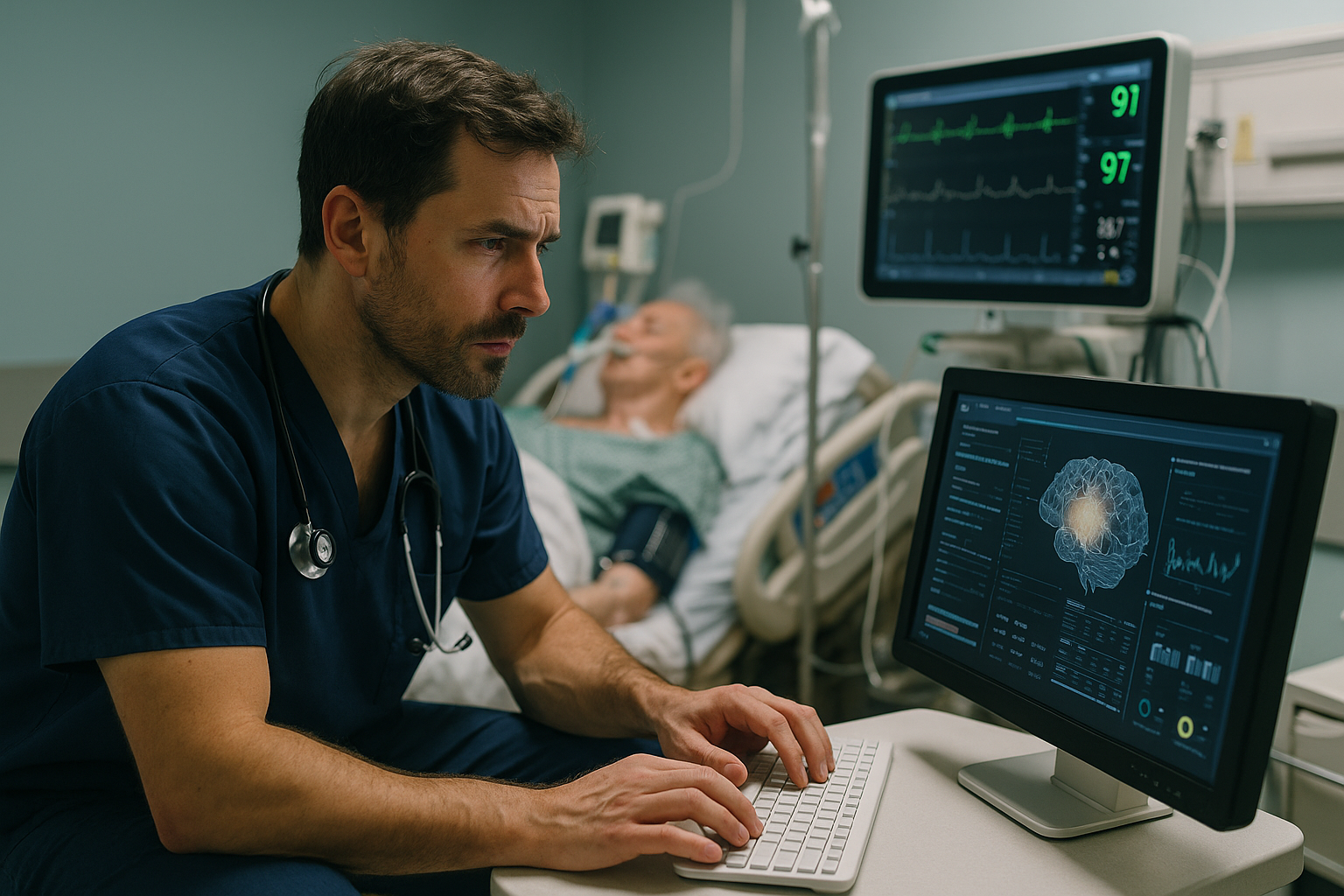From crisis to control: AI turns the tide in global battle against sepsis
Early identification is crucial because every hour of delay in treatment dramatically increases mortality risk. By continuously analyzing streams of patient data, AI systems can detect subtle physiological changes long before clinical symptoms become apparent. The review highlights how these models integrate electronic health records, laboratory results, and real-time vital signs to provide continuous risk assessment. This proactive approach enables clinicians to initiate timely interventions, improving survival rates in intensive care units.

Sepsis remains one of the deadliest conditions in modern medicine, responsible for millions of deaths worldwide each year. Early detection and effective treatment are critical, yet traditional diagnostic tools often fail to identify sepsis before it becomes life-threatening.
Now, a team of researchers from the University of Thessaly, Greece, is spotlighting how artificial intelligence is revolutionizing the battle against this medical emergency. They have published a systematic scoping review titled Bug Wars: Artificial Intelligence Strikes Back in Sepsis Management in the journal Diagnostics (2025), presenting a detailed analysis of AI’s growing role in transforming sepsis care.
How is AI eevolutionizing sepsis detection anddiagnosis?
The review analyzed 129 scientific articles published between 2019 and 2025, uncovering a clear trend: AI and machine learning models are consistently outperforming conventional clinical tools in identifying sepsis. While standard scoring systems like SOFA and qSOFA remain widely used, their reliance on static thresholds often delays diagnosis. In contrast, AI models such as DeepAISE, InSight, and VC-SEPS have demonstrated remarkable accuracy, detecting sepsis onset 4 to 12 hours earlier than traditional methods.
Early identification is crucial because every hour of delay in treatment dramatically increases mortality risk. By continuously analyzing streams of patient data, AI systems can detect subtle physiological changes long before clinical symptoms become apparent. The review highlights how these models integrate electronic health records, laboratory results, and real-time vital signs to provide continuous risk assessment. This proactive approach enables clinicians to initiate timely interventions, improving survival rates in intensive care units.
The researchers also point out that AI tools excel at risk stratification, identifying which patients are most likely to deteriorate. This capability allows healthcare teams to prioritize resources effectively, a critical advantage in emergency departments and resource-limited settings. By providing dynamic, data-driven predictions, AI is reshaping sepsis diagnostics into a faster, more precise process.
Can AI optimize antibiotic use and combat antimicrobial resistance?
Beyond early detection, the review reveals that AI is playing an increasingly important role in antibiotic stewardship, a cornerstone of sepsis management. Overuse and misuse of antibiotics contribute to antimicrobial resistance (AMR), a growing global threat. AI systems are helping clinicians make informed decisions about when to initiate antibiotics, which drugs to select, and how to tailor treatments based on patient-specific factors.
The authors highlight platforms that leverage machine learning to recommend personalized antibiotic regimens. These tools analyze vast datasets, including patient history, local resistance patterns, and pathogen characteristics, to suggest the most effective and least resistance-inducing therapies. By optimizing antibiotic use, AI reduces unnecessary prescriptions, minimizes side effects, and slows the spread of resistant bacteria.
Moreover, AI algorithms are increasingly being used to predict antimicrobial resistance before it emerges. Models trained on genomic data and epidemiological trends can forecast resistance patterns, guiding clinicians in choosing the right antibiotics and informing public health strategies. This predictive capability could be a game-changer in preventing treatment failures and outbreaks caused by resistant pathogens.
While the potential is immense, the review also acknowledges that AI recommendations must always be interpreted within clinical context. Overreliance on algorithms without human oversight could lead to unintended consequences. Therefore, integrating AI into antibiotic management requires careful validation and clinician training to ensure optimal outcomes.
What Barriers Must Be Overcome for AI to Become Standard in Sepsis Care?
Despite the encouraging results, the authors caution that several hurdles must be cleared before AI can be fully integrated into clinical practice. Limited external validation is a major challenge. Many AI models show impressive performance in controlled studies but lack testing across diverse hospital settings and patient populations. Without multicenter validation, there is a risk that models may not generalize well to real-world conditions.
Algorithmic bias is another concern. Models trained on incomplete or unrepresentative data may perform poorly for certain demographic groups, potentially exacerbating healthcare disparities. The researchers stress the need for transparent algorithms and diverse training datasets to ensure equitable performance across populations.
The review also highlights integration barriers within clinical workflows. AI tools must seamlessly connect with electronic health record systems, provide interpretable outputs, and complement rather than disrupt the work of clinicians. User acceptance depends on trust, usability, and clear communication of algorithmic reasoning. Models that operate as “black boxes” can hinder adoption, as clinicians need to understand and justify the recommendations they use.
Finally, ethical considerations, including data privacy, patient consent, and regulatory oversight, must be addressed. The authors call for robust governance frameworks to guide the development and deployment of AI technologies in healthcare, ensuring they enhance patient outcomes without compromising ethical standards.
- FIRST PUBLISHED IN:
- Devdiscourse









